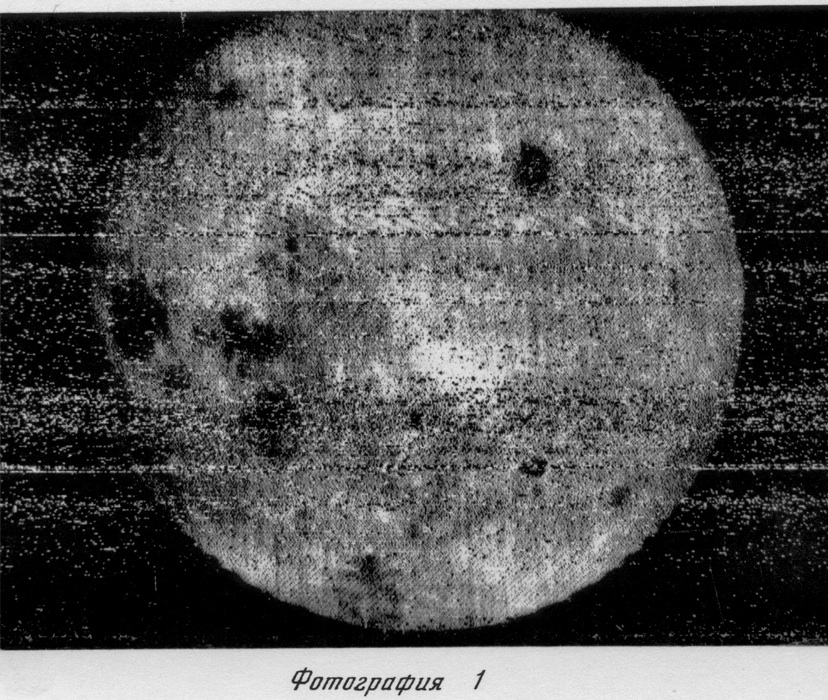March 5, 2018
The Beginning
Originally published October 7, 2008

image from Luna 3 (at NSSDC)
49 years ago today the Luna 3 spacecraft swung around the farside of the Moon and took the first ever images from space of another world. Although the current Wired website makes the ignorant mistake of calling the farside "the dark side" it actually was full Moon conditions so that the first photos captured nothing but albedo or brightness variations. Although both 200 mm and 500 mm lenses were used the spacecraft was so far from the Moon (about 65,000 km) that resolution was limited. But the gutsy attempt to score another first (Luna 2 hit the Moon a month earlier) worked, and the Soviets clenched their space race lead over the Americans whose Pioneer lunar probes had failed in 1958 and whose Ranger series would not be successful until 1964. The Luna 3 images were so poor that only a few features could be identified correctly, including the dark smudges of Tsiolkovskiy, Jules Verne and the Moscow Sea. Being inexperienced at interpreting full Moon images the Russian lunar experts named a long bright streak the Soviet Mountains, but Ewen Whitaker pointed out it must actually be crater rays. Following the dramatic successes of Luna 2 and 3 the Soviet Union had a few more successes but following the Ranger 7 success (persistence finally paid off), the US took the lead in lunar exploration and never relinquished it until 2007 when the Selene spacecraft began to acquire a new generation of high resolution data.
Chuck Wood
Technical Details
NSSDC
Related Links
Luna 3 images
Yesterday's LPOD: The Other Side
Tomorrow's LPOD: Ray World
COMMENTS?
Register, Log in, and join in the comments.



